The sixth mass extinction, climate change, the accelerated loss of habitats and species, continue to unfold and threaten Europe’s native woodlands. According to the latest report by IUCN, more than half of Europe’s endemic tree species – those that don’t exist anywhere else on the planet – face extinction!
The Problem
Forest covers approximately 33% of land in Europe. In 2019, IUCN report 454 native tree species have been evaluated leading to some frightening results: 42% of native species are threatened with extinction (assessed as Vulnerable, Endangered, or Critically Endangered) and 58% of endemic trees are threatened.
The highest impact is suffered by the Sorbus genus with more than three-quarters of its species threatened and about one-third critically endangered. Among these trees are the mountain-ash and Ley’s whitebeam, of which there are currently only 9 trees left in Wales. Other affected species are the Balkan pine, and the Serbian spruce.
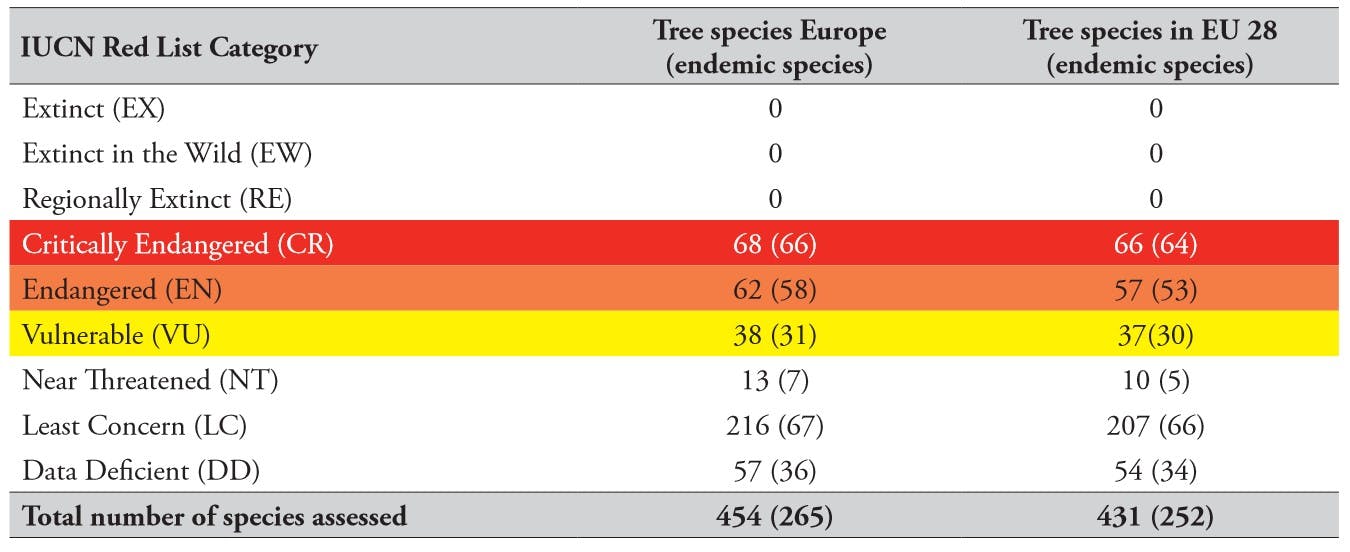
The Causes
What threatens our native European species and therefore our ecosystems? Here are some of the main causes:
Alien invasive and problematic species – This is the most severe threat, affecting 38% of tree species. It includes pests, diseases, and alien invasive plants, often introduced by humans as a result of the increased global trade.
Deforestation, degradation, and wood harvesting – Trees are harvested for timber and non-wood products or entire forests and woodlands are clear-felled and converted to agricultural fields.
Climate change – Though climate change is an indirect threat, it has the potential to affect many tree species' ability to survive if they are unable to adapt. Extreme weather events, floods, droughts, fires – all have an impact on biodiversity. Furthermore, the changing climate can favour invasive species, which then can spread and compete with the native species.
Fire – This could be the result of climate change events or anthropogenic in nature, in the case of deliberate forest wildfires.
Land abandonment, ecosystem modifications, and urban development – Traditional management practices are being abandoned, affecting the environment. Moreover, natural habitats are reduced, disturbed or even destroyed by the expansions of urban, tourism, and industrial areas.
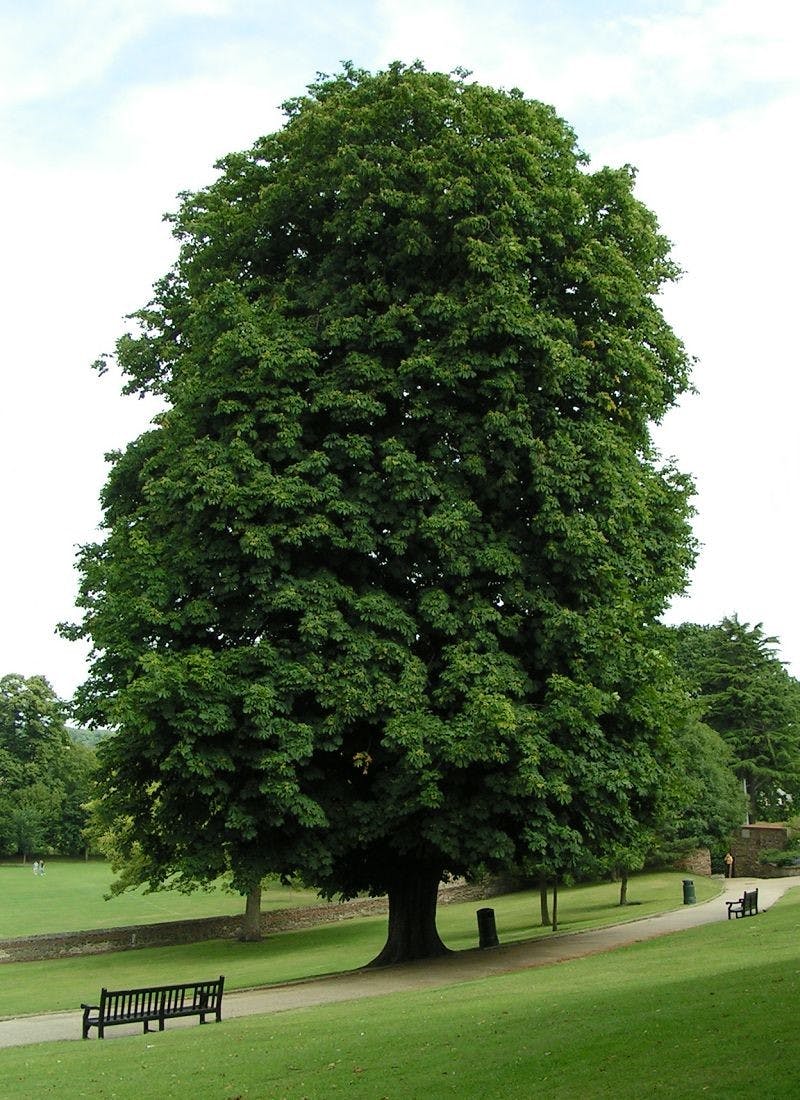

Take action now
Do you want to have a direct impact on climate change? Sir David Attenborough said the best thing we can do is to rewild the planet. So we run reforestation and rewilding programs across the globe to restore wild ecosystems and capture carbon.
Get involvedAsh Dieback in Ireland
Ash dieback is a fungus called Hymenoscyphus fraxineus, which since being first discovered in Ireland in 2012, has infected and killed as many as 2 million trees in Ireland. The disease was first noted in Europe in the 1990’s and then thought to have been introduced to Ireland on sapling trees for plantations. Ash dieback can also spread from already cut wood as spores find their way to ash leaves and down into the tree.
When a tree is infected there is nothing that can be done to rid it of the disease and sadly, it has been sweeping through the ash plantations of the country. It is predicted that 85% of ash trees in Ireland will die because of this imported disease and the more pessimistic suggest this figure is higher.
Some hope rests on the fact that a small number of the ash trees are naturally resistant to the disease and projects are operating to breed these trees in attempt to combat the devastating effects of ash dieback.
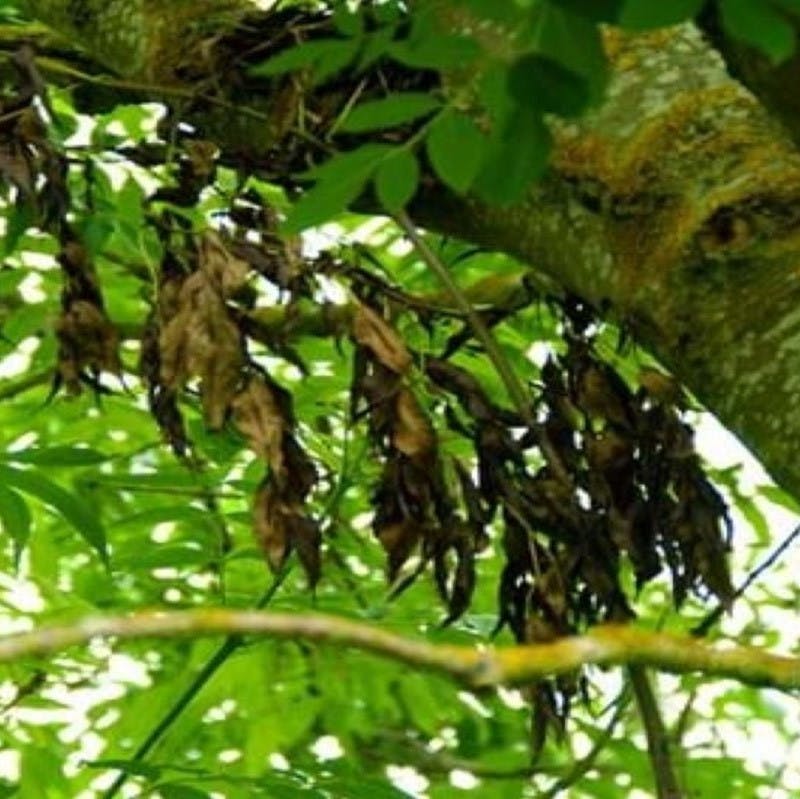
Brushtail Possums' threat to New Zealand's Native Trees
First brought to New Zealand from Australia in 1837 for their fur, the possum population exploded and has become one of the most serious threats to the unique trees and even animals in the south pacific country. There are an estimated 30 million possums across New Zealand who have no natural predators and together are responsible each night for the consumption of 21 tonnes of tree leaves and flowers. They feed on young shoots, leaves, flowers and fruit and can strip a tree completely, preventing regrowth. The damage caused across the country by their forage habits is quite staggering. They have been the sole cause for entire sections of forests losing their canopies as well as entire landscape changes.
If it were not for large, country-wide eradication programmes, which are enormously challenging tasks, the problem would surely persist with more damaging effects. Despite these efforts, there are still some endangered tree and plant species in New Zealand being threatened by this introduced problem as they have no natural defences against the possums.
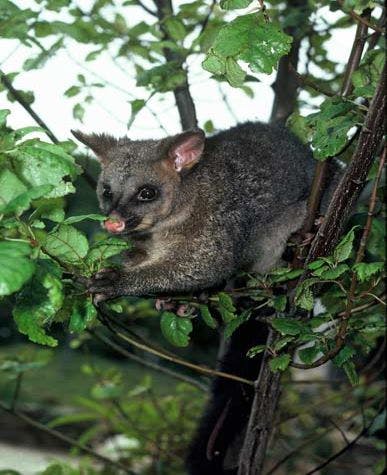
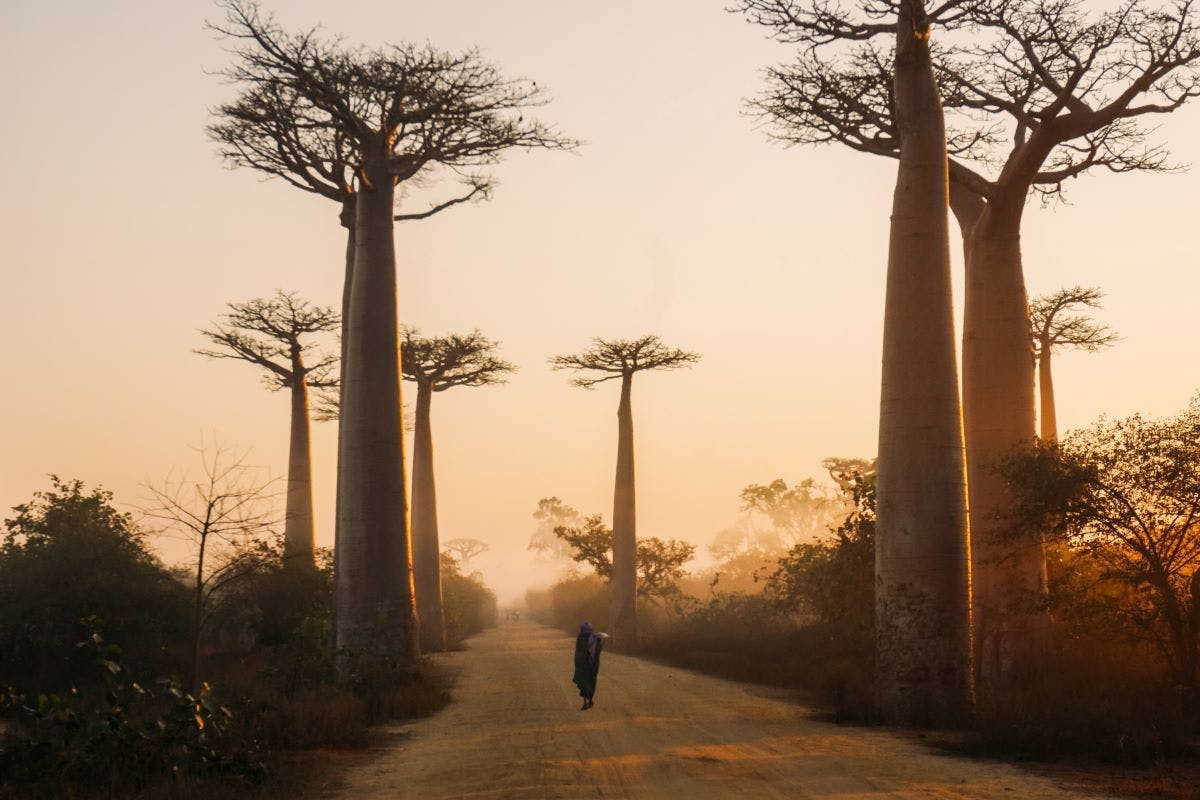
Planting Native Trees
Something that is highlighted by conservationists time and time again is the need to plant native trees species. They are the trees that have grown and evolved with the local environment and ecosystems, suited perfectly to native soils and species. One study conducted in Wales, found water absorption rates of soil was 67% faster when accompanied by native trees instead of only grass, greatly minimising flooding risks in the area.
Another advantage is many animals have depended on native trees for their habitats as well as food for thousands of years. The upheaval that humankind has caused in the natural world has disrupted these systems, but planting natives is one of the best ways to help it recover.
An issue with non-native plantations is that they will eventually be cut down and although it may fix short term problems, it doesn’t tick all the boxes. Planting natives is a long-term strategy towards fighting climate change, helping the recovery of biodiversity and tackling local issues like flooding and soil erosion. To learn about how we are helping to bring back native trees to Ireland, read about our reforesting Ireland project.
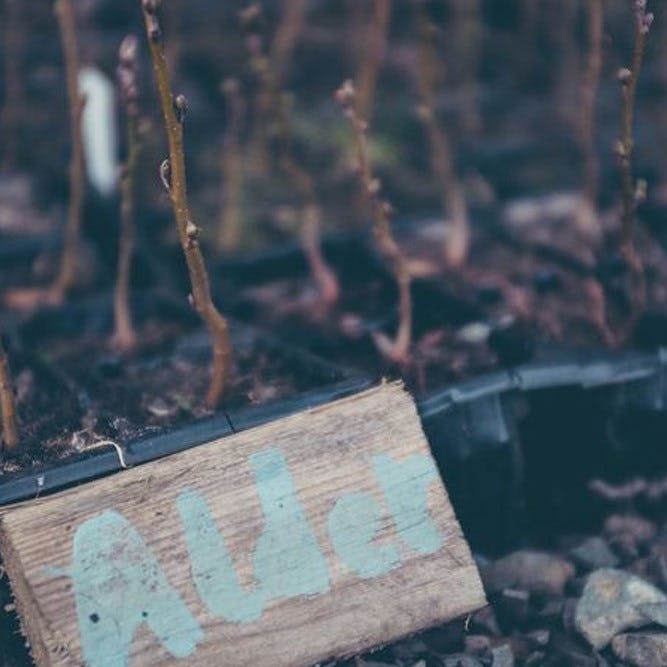
How does it affect us?
In the last number of decades, more and more people have been calling for the protection of forests and trees in general. But it is now more than ever when individuals worldwide are realising the true value trees have and how necessary it is to protect them. Not only do trees sequester and store carbon from the atmosphere, but they are home to much of the terrestrial life that walks, crawls, wriggles, or flies on earth. Without tree cover, life simply would not be able to continue. Yet still, native forests are increasingly at risk from various factors particularly humans, who seek to make financial gains from their exploitation. It is however, humans who can help put it right.
It is vitally important we continue to have native tree species on our continent. Native and endemic species play an important role for the entire ecosystem. They enhance biodiversity, which means that if they cease to exist, other organism, such as fungi or insects that are associated with and depend on these trees, will disappear too. Native species are adapted to site conditions and are more resistant and can help boost the entire ecosystem resilience. They also have an effect on soil quality and can help conserve water. According to the IUCN report, most European trees have at least one recorded use: food, medicine, construction, fuel, cultural etc. so it is important to try to save and restore these species.
To learn more about how we are planting native tree species to address the threats of tree extinction, follow our reforestation projects.
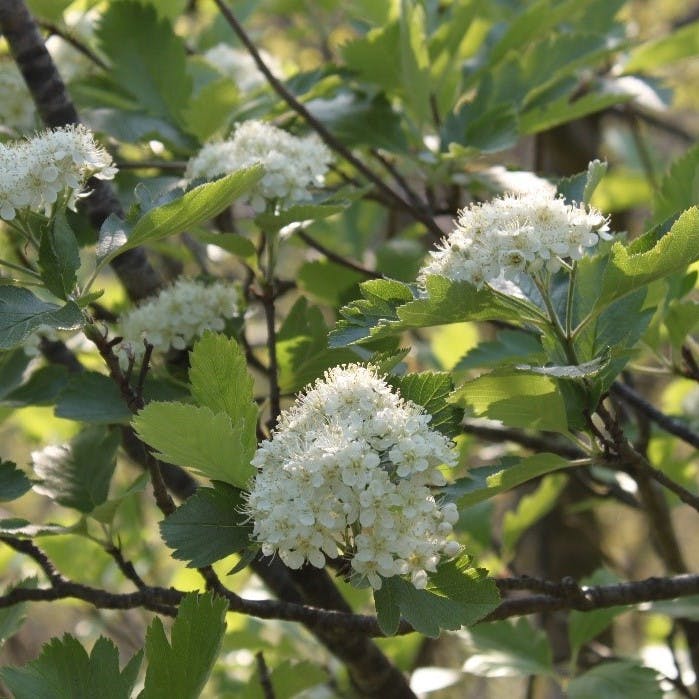
This report has shown how dire the situation is for many overlooked, undervalued species that form the backbone of Europe's ecosystems and contribute to a healthy planet.
Luc Bas, director of IUCN’s Europe Office.
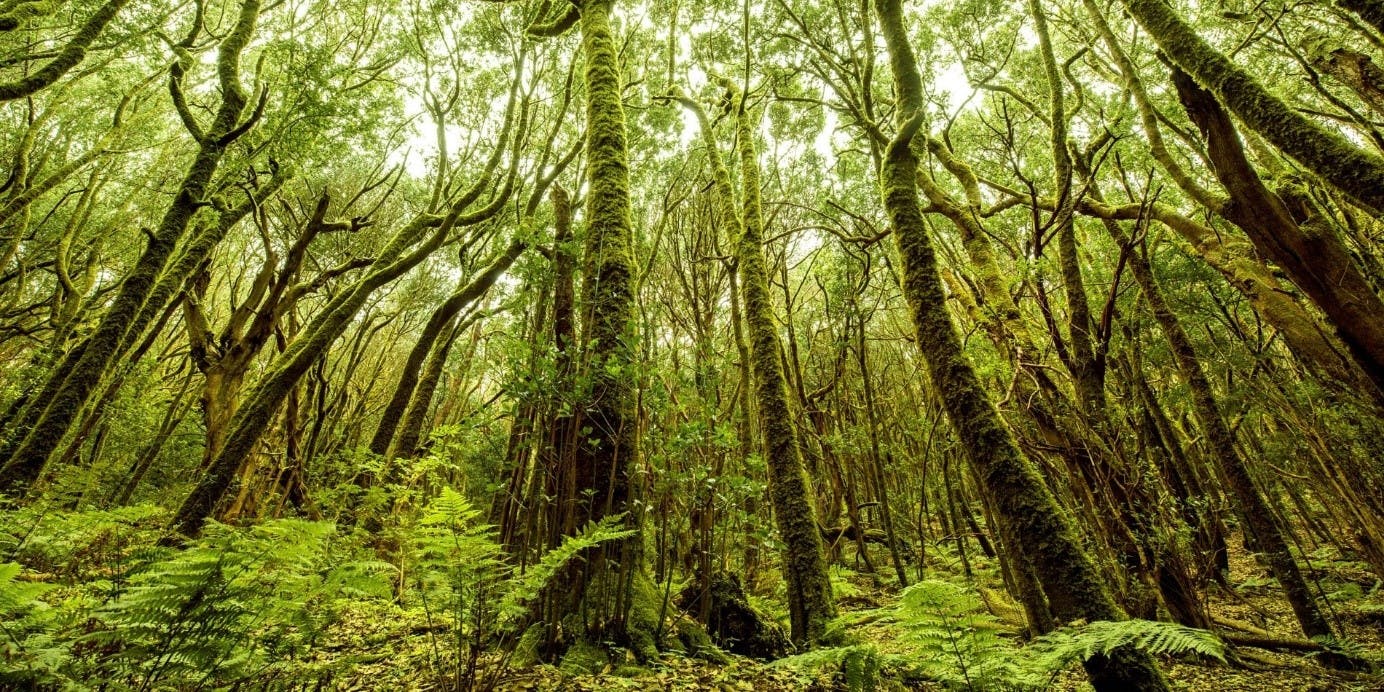
Sources & further reading

- “European Red List of Trees” - IUCN
- “More than half of native European trees face extinction, warns study” - The Guardian
